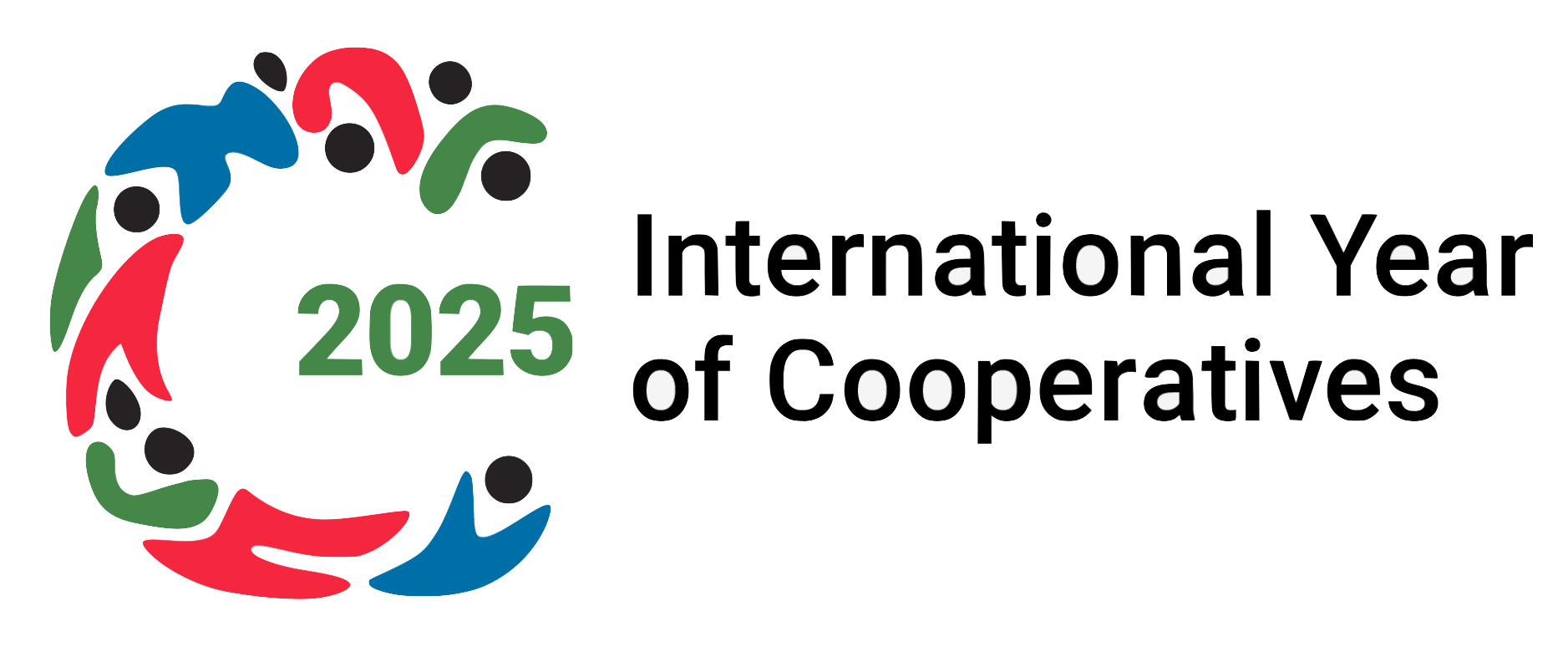The gradual modifications in family patterns, the ageing population, the economic changes brought by globalization and by the weight of sovereign debt, have conducted an important reduction in state budget.
This decrease would be unbearable if it had not been accompanied by the increase of activities and services run by the civil society organized into cooperatives.
Cooperatives are involved in different sectors of SGI, for instance, health, social services, education, management of natural resources, and labour integration of vulnerable persons. But, in which way, cooperatives are able to satisfy the delivery of SGI? The answer is linked to the way in which, cooperatives are able to respond efficiently to 5 criteria: quality, longevity, geographical coverage, affordability, inclusion and participation of the various stakeholders involved. Social cooperatives have been able to gradually include the main stakeholders in a dynamic of democratic control regarding the service being delivered. This allowed a high level of participation in enterprise governance which, in turn, enables those enterprises to get to grips with “take the pulse” the needs experienced by the citizens. The democratic control has, as consequence, a strong impact on the quality of the services; first of all, because the users can take part in the decision-making processes, and secondly, because the providers, who also take part in the decision-making processes, are in daily contact with the users and know their needs.
This connection can directly contribute to designing a service delivery that takes into consideration both, the needs of the users and how their own skills can match them.
The geographical extension of the SGI being delivered is proportional to the inclusiveness in which the various stakeholders from a given community (including remote ones) have been integrated. Longevity is ensured by the slow, but gradual turnover of cooperative member-stakeholders in a given community.
Finally, the access to social cooperatives is linked to cost-effectiveness which, in turn, is related on one hand, to the high dedication of providers due to their participation in democratic control, and on the other, to the fact that capital in cooperatives is not remunerated (except under the form of a marginal interest). In conclusion, the authors demonstrate and argue that, when the community gets organized into forms of entrepreneurial and looks after the well-being of individuals, they provide assistance and job opportunities.
This process generates various benefits which are the result of a virtuous circle: an enhanced quality of life and well-being of the community which are factors that encourage competitiveness, employment and productivity.









